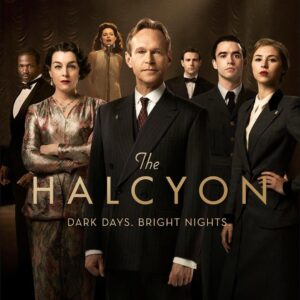Released in 1977, “That Obscure Object of Desire” is a visually captivating and intellectually stimulating film that continues to intrigue audiences to this day. Directed by the acclaimed Spanish filmmaker Luis Buñuel, the movie stands as a testament to his unique storytelling style and artistic vision.

Set against the backdrop of a tumultuous love affair, the film delves deep into the complexities of desire, obsession, and the unpredictable nature of human relationships. Buñuel masterfully weaves together a narrative that challenges conventional norms and explores the darker aspects of human nature.
The plot follows the protagonist Mathieu, a middle-aged Frenchman who becomes infatuated with the enigmatic younger woman, Conchita. Played by two different actresses, Carole Bouquet and Ángela Molina, Conchita embodies both allure and elusiveness, keeping Mathieu and the audience on edge throughout the film.

As the story unfolds, viewers are taken on a rollercoaster ride of emotions, as Mathieu’s obsession with Conchita reaches a boiling point. The film’s nonlinear narrative and surreal elements add layers of complexity to the storyline, inviting interpretations and discussions long after the credits roll.
One of the film’s most striking aspects is its visual composition. Buñuel’s expert use of cinematography and symbolism creates a dreamlike atmosphere that enhances the thematic depth of the story. From lush landscapes to intimate close-ups, every frame is meticulously crafted to draw the audience into Mathieu and Conchita’s tumultuous world.
Beyond its aesthetic appeal, “That Obscure Object of Desire” challenges societal norms and expectations, forcing viewers to confront their own beliefs and assumptions about love, desire, and power dynamics in relationships. The film’s exploration of gender dynamics and the complexities of desire remains as relevant today as it was upon its release over four decades ago.
In conclusion, “That Obscure Object of Desire” is a timeless masterpiece that continues to captivate and provoke audiences with its thought-provoking narrative and compelling visuals. Through Buñuel’s masterful storytelling and the stellar performances of its cast, the film stands as a testament to the power of cinema to challenge, inspire, and provoke reflection on the human experience.





